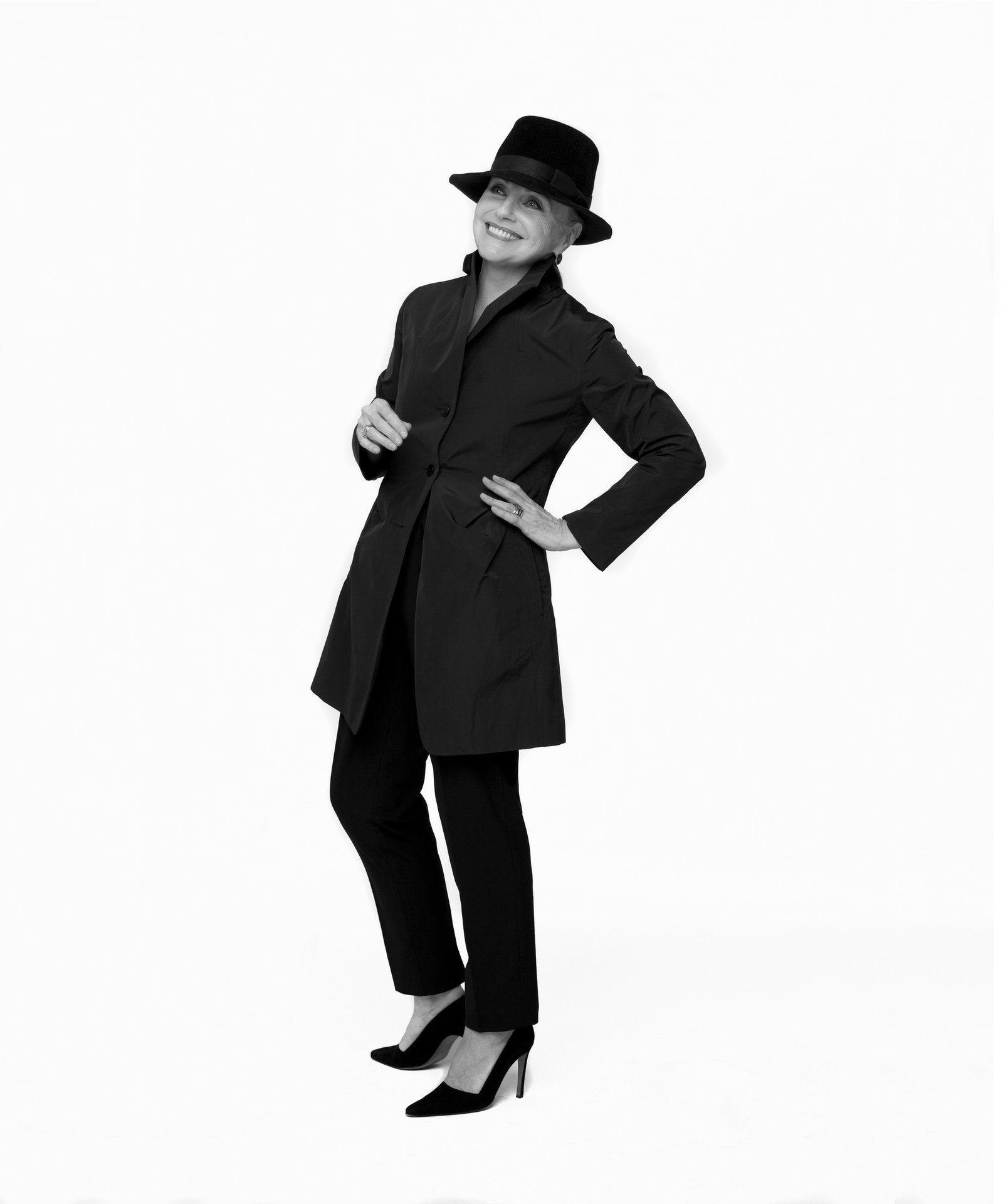Patricia Underwood is one of the most prolific milliners in fashion today. Her designs have been featured in every major fashion magazine and global ad campaigns, and are synonymous with the height of classic fashion. She launched her own namesake company in 1976 and then launched the Patricia Underwood Knit Collection in 1983. She has also collaborated with some of fashion’s most prestigious designers and design houses, from Bill Blass and Oscar de la Renta to Ralph Lauren and Rebecca Moses. The CFDA member has also been a longtime supporter of the CFDA’s scholarship programs.
We spoke with Patricia to hear more about her journey to success and to get her take on what is essential for up-and-coming designers as they pave their own path and build their own brand.
Patricia, I’m glad to be speaking with you today! You recently made a generous donation to the CFDA Scholarship Fund in honor of Monika Tilley. Can you tell us a bit more about her legacy and why you chose to donate in her honor?
Monika was a very, very talented person. We’ve lost a tremendous person in her. She was so pivotal to the scholarship fund and in all the work that she did. She truly understood the mechanics of how things were made –the cognition and fabrics, the combination of color and playfulness. She was such an incredible resource because of her underlying understanding of fabric and texture. She was inspired to work so hard on the scholarships and development at CFDA because I think she really understood that the industry needs good talent.
While looking at the scholarship portfolios and reading the students resumes and their reasons for wanting the scholarship, I realized it’s so important. Especially these past 18 months here, you know, there is really a need.
Can you tell us more your own fashion education?
Well, I left school at 16 and went to concept school where I was taught to sew and to embroider. So, I had some needle skills, and I could make a very shapeless dress. I wasn’t particularly good, but when I came to the U.S., I made a hat to go with a dress that I had made from a pattern one summer. I eventually found an evening class at FIT.
When I started to learn to make hats, I thought, “This is it, this is what I could do.” The more I made, the more I enjoyed it. And then, some of my intuitive training and my life experiences kicked in. If you want to learn how to make more hats, you’ve got to learn how to sell them, so then you can make more hats, and so on, that sort of thing.
I started off by working with a woman I met at FIT. We’d been selling hats here and there in small boutiques, then we got an introduction at Vogue magazine. Polly Mellen was the fashion director at the time, and our hats were photographed by Richard Avedon for a lingerie shoot, which was totally bizarre. Then they called us and asked, “Where can the hats be bought?” They didn’t want a boutique, they wanted a major store. So, we called the buyer at Bloomingdale’s and told them we’re getting a credit in Vogue. And they said that they’d purchase a couple of hats. At that point, we were beginning to get into the major leagues.
Sometimes it can be difficult for young designers to transition from design to starting their own business. Were there any significant challenges you remember facing in the early stages of your brand?
Oh yes, many! I mean, how do you read a purchase order? What is a DUNS number? How do you ship? All that sort of thing. Everything, everything was a challenge, but we figured it out. I never tried to sell a hundred thousand hats. The idea was to sell a few and then if the store sold out, they could come back and order more. If somebody wants to place a big order, I’d say, ”Are you sure you want to place that much? It would suit our relationship better if you buy a small amount and keep in touch, and if things sell, then we can quickly make and ship you more.” Because you build your customer to build a business, and if you sell a huge order and half of it and it doesn’t sell, it’s hard to recover from that.
Over the years you’ve worked with so many inspiring designers and brands. Thinking back, was there a favorite project you worked on?
Oh so many. Seeing my hat used in advertising or runway shows…those are the exciting moments. One time, back in the early 1980s, Lancôme used one of my hats for a worldwide sunscreen campaign on Isabella Rossellini. This advertisement appeared all over the world. It just so happened that at that time, my husband’s brother had just moved to Australia. We flew to Australia to see him, and we took a bit of a world tour. I saw ads in Australia, I saw ads in Hong Kong. It really showed, you know, how a hat has a power. It really says something. It was a personal triumph, I would say.
What advice or wisdom would you impart on a young designer starting out their career?
Don’t give up. Be true and honest. I think people will have faith in you if you work hard. There are always brick walls that come up and there’s always a way of figuring out how to do something.



